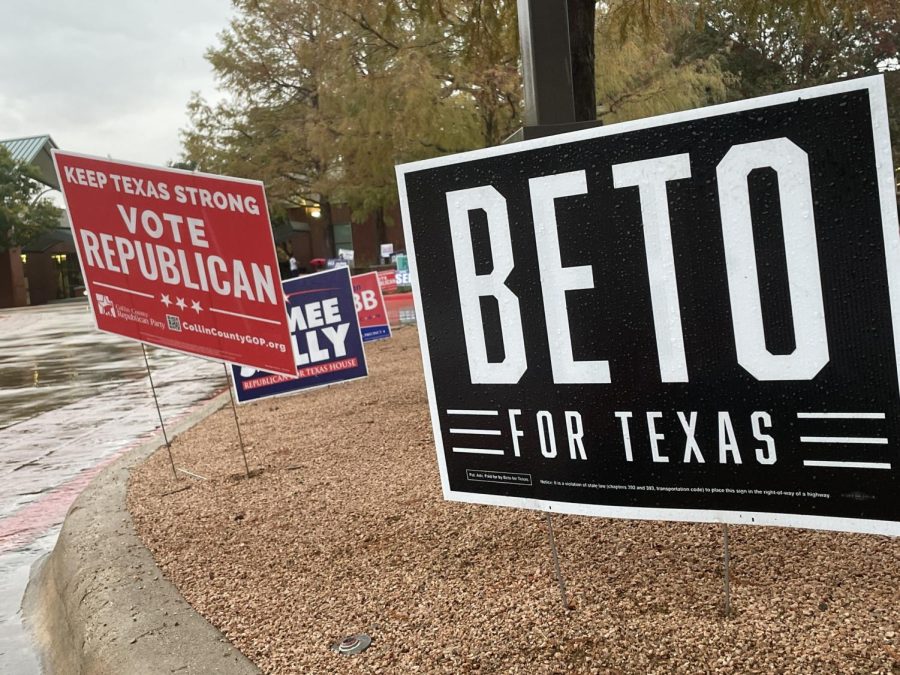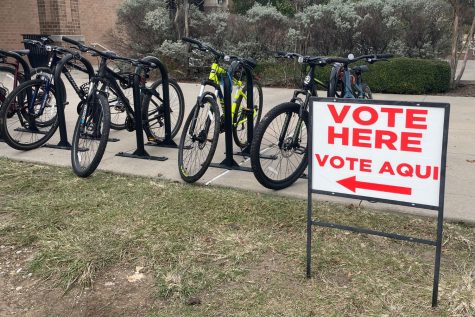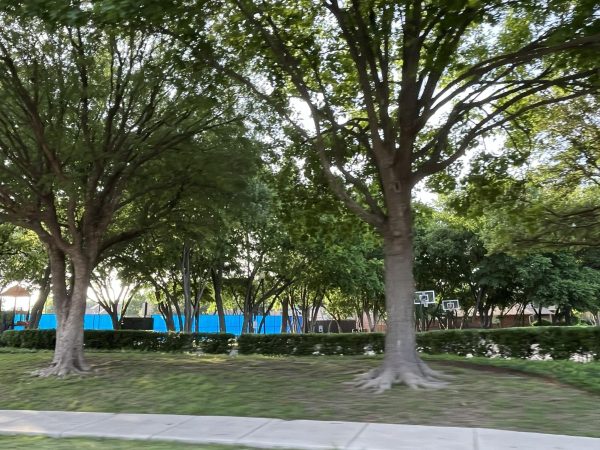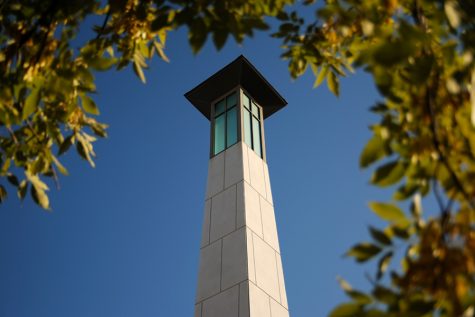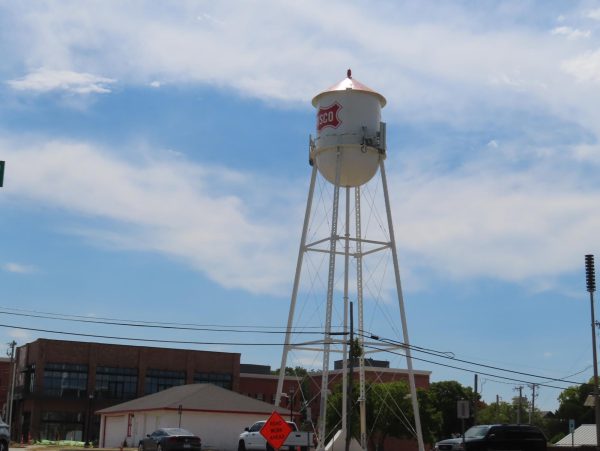Race for governor puts young voters in the spotlight
With the gubernatorial elections quickly approaching, many voters, including students, have debate who to support on election day. Both candidates have placed a focus on young voters, with Beto O’Rourke capitalizing on social media and Greg Abbott connecting with young Republican networks.
Should citizens vote to keep Texas strong? Or is it time for a change in Austin? Many Texans have pondered such questions as Election Day approaches on Tuesday. The biggest state-wide race is for leadership of the state as Governor Republican Greg Abbott takes on the Democrat’s candidate Beto O’Rourke.
Abbott’s message to voters is to stay the course. For O’Rourke, it’s an appeal for change. Along with representing opposing parties, both candidates have varied approaches to their campaign strategies.
[Beto’s] strategy is basically to maximize the turnout. With Democratic voters, with progressives, with folks that you know are probably going to vote for him,
— Dallas Morning News political writer Gromer Jeffers
“Beto has a two-prong kind of approach,” Dallas Morning News political writer Gromer Jeffers said. “His strategy is basically to maximize the turnout. With Democratic voters, with progressives, with folks that you know are probably going to vote for him or are predisposed to vote for him. At the same time, he wants to appeal to independent voters and soft Republicans or crossover Republicans that he can convince to ditch Abbott and vote for him.”
While O’Rourke’s target is both Democrats and Republicans, according to Jeffers, Abbott’s focus is on constituents that already support him.
“For Abbott, he’s trying to make sure that he turns out his base, his Republican base, and that’s, you know, the suburban rings around the cities, the rural areas, the small towns, folks like that,” Jeffers said. “He’s trying to do that by basically saying, ‘Look, I want to keep Texas, Texas.’ He has an advantage that, you know, there are more Republicans, so he just needs to focus on turning them out.”
With both candidates focusing on increasing voter turnout, O’Rourke has seemingly placed more of an emphasis on voters between the ages of 18-24, the age group that votes the least.
“[O’Rourke’s] had a tour of college campuses,” Jeffers said. “And he’s aggressively been doing that. He’s been on all, most of the campuses, not just to big campuses, but small colleges, historically black colleges, all of them.”
While O’Rourke has placed young voters at the forefront of his campaign, Abbott has taken a more subtle approach.
“Abbott has been trying to connect with sort of young Republicans, college Republicans,” Jeffers said. “Folks like that to sort of, you know, help him get the vote out. He hasn’t been as pronounced on the campaign trail in terms of going to those places, but he’s been trying to do it through his networks. Most notably, Young Republican clubs.”
Collin County Young Republican Chair Hannah Beth Jones has seen Abbott’s campaign work firsthand.
I believe Abbott is a better overall candidate than Beto because of his opinions and his ideas for what Texas should be like,
— senior Ryan Stulting
“In this state, Governor Abbott is running one of the biggest grassroots campaigns I’ve ever seen,” Jones said. “To make sure he has a strong ground game for his election, he has hired field directors all across the state to get out the vote. Governor Abbott has been an active supporter of the Texas Young Republicans and his team works with our local clubs to help get out the vote in Texas.”
In Collin County and many others, Young Republican clubs have focused on mobilizing their network to promote voting.
“Collin Young Republicans is doing what it’s always been great at, donating our manpower to the Republican party to help knock on as many doors as possible and make sure people know about the upcoming election and are aware of who is on the ballot,” Jones said. “We’ve also hosted events with candidates so the community is able to meet them.”
Within Abbott’s campaign, he has promoted the idea of maintaining Texas values, an idea that rings true for Jones and many young voters.
“Texans know how important it is for Texas to remain a freedom loving state and we can only do that with the help of each voter,” Jones said. “Also, some of the major issues I hear about from [Collin County Young Republican] members are parental rights in education and securing the border.”
For senior Ryan Stulting, the issues seen and solutions promoted by Abbott now and in the past have influenced his vote.
“I worry about the economy, how we’re dealing with border control,” Stulting said. “I haven’t seen a lot of Greg Abbott’s campaign. I’ve really just seen him before in the news. I believe Abbott is a better overall candidate than Beto because of his opinions and his ideas for what Texas should be like, especially with those issues.”
I want to feel safe in school and I believe Beto can help fix this pandemic we are having in Texas with guns,
— senior Ana Toro
But not everybody places the same importance on the same issues. That’s the case for senior Ana Toro.
“I have seen real solutions from Beto’s campaign as opposed to Abbott’s,” senior Ana Toro said. “Gun control is definitely one of the most important to me. I want to feel safe in school and I believe Beto can help fix this pandemic we are having in Texas with guns.”
Reaching young voters has been something of a focal point for O’Rourke. Alongside hosting rallies and touring college campuses, he has also attempted to reach younger voters through a dedicated part of his campaign, Youth For Beto.
According to Youth For Beto social media team member Yaseen Tasnif*, the campaign is also trying to reach voters directly, through their phones.
“Young people play a pivotal role in voting, and are a lot more likely to use social media or just talk, you know word of mouth, and young people have a lot of issues that are directly affecting them, especially lately,” Tasnif said. “We use the three main social media platforms that are used among young people, which would be TikTok, Instagram, and Twitter. On Instagram we have a lot of information based on news about campaigns. On Twitter, it’s more of the same, but a lot of it is also engaging with politicians because Twitter is very commonly used for politicians, or by politicians. And then on TikTok, we do a lot of trending content while also throwing in the importance of voting.”
The question with both O’Rourke’s and Abbott’s campaigns is whether targeting young voters is an effective strategy.
For O’Rourke, his young voter strategy is one that has been seen in his party in previous campaigns.
“With Barack Obama, he killed it with young voters, and it helped his numbers, it helped his bottom line,” Jeffers said. “That O’Rourke in 2018 came within 2.6 percentage points of beating Ted Cruz, a lot of that was because of young voters, young first-time voters, infrequent voters.”
Polls show that the odds are stacked against O’Rourke. However, O’Rourke has monetary support, raising 76.6 million dollars for his campaign, which has enabled him to target young voters.
“With young voters, it’s all about the economics of it as well. It costs money,” Jeffers said. “Beto, he’s good at raising campaign money, so his strategy, he almost always includes that because he has the ability to pay for such effort.”
This doesn’t mean O’Rourke has cornered the digital marketplace. In June, Abbott’s campaign spent more than $8 million on internet advertising.
But regardless of who the candidate is, political campaigning has undergone a fundamental shift according to Jeffers.
“For each election cycle, the amount of money and effort spent on social media increases. There was a time a decade ago, 15 years ago when not much money at all was spent on social media platforms or social media advertising or social media strategies,” Jeffers said. “Now, you can’t win a campaign or conduct a campaign without doing that. The candidates will spend hours sometimes after rallies, taking pictures with people who stand in long lines and they tell those folks, share with your friends on social media. And so that is a big deal in campaigning now, not just advertising on social media, but also getting people to share their experiences on issues and with candidates on their social media platforms.”
*Yaseen Tasnif’s views and beliefs are his own and are not on behalf of Youth For Beto
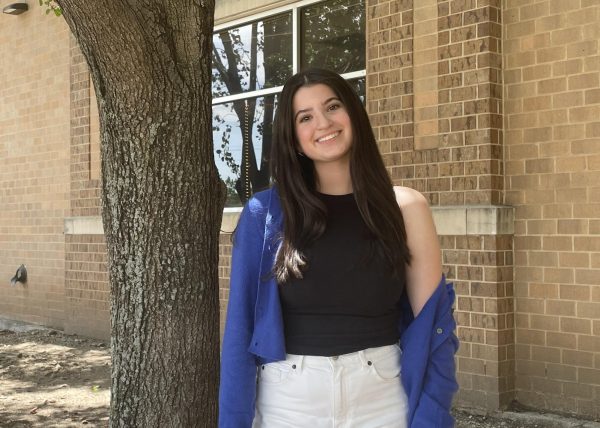
Maya Silberman is a senior going into her third year on the Wingspan staff. Outside of Wingspan, she is captain of the CTE Mock Trial team and a legal...




